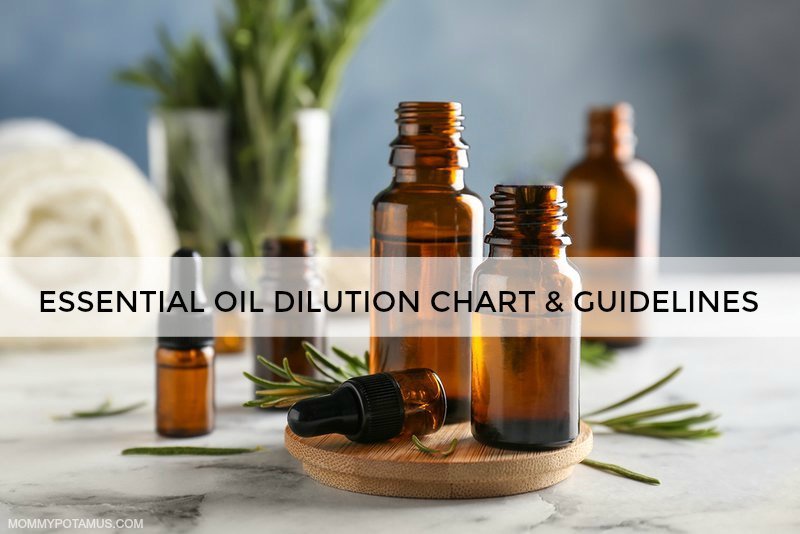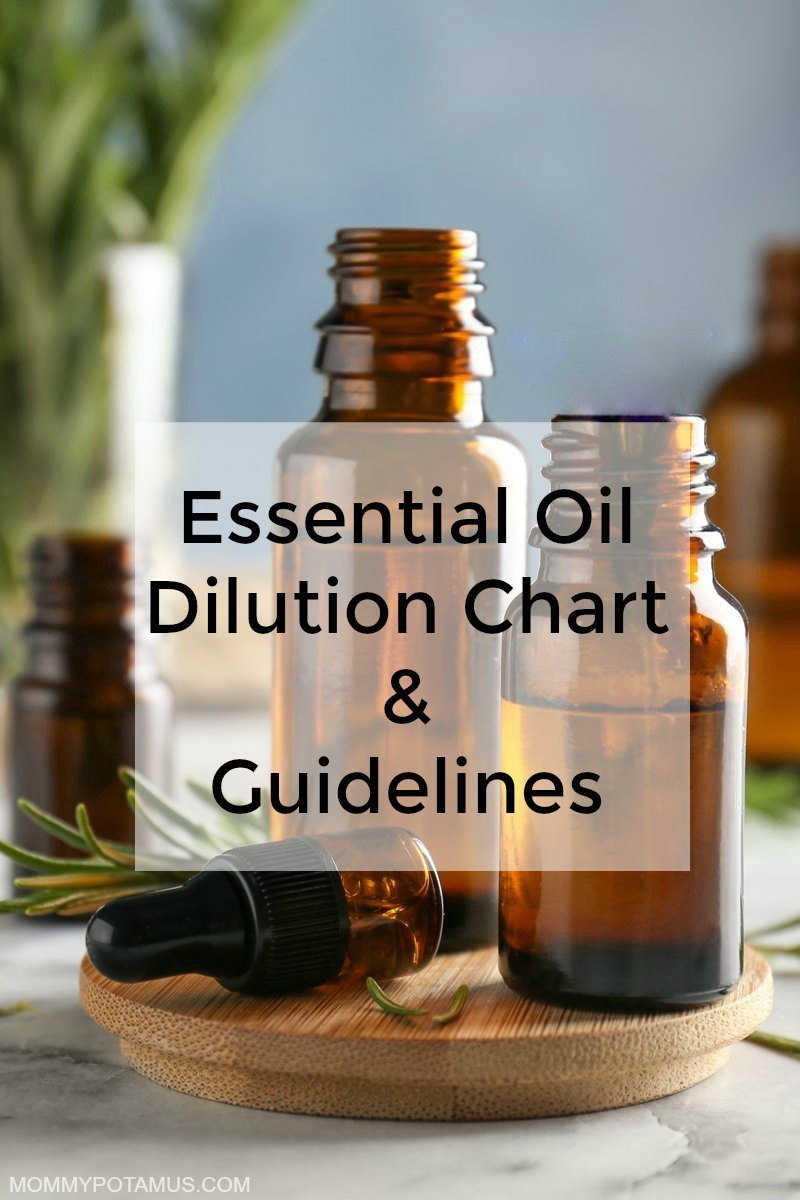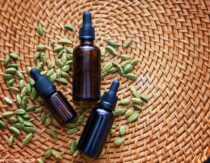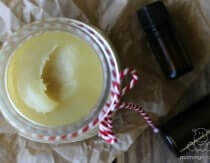
So, you’ve fallen in love with essential oils for everything from brushing your teeth and making citronella candles to relaxing tense muscles, soothing bug bites, lifting your mood and more? I totally get it. Personally, all I need now is one that washes dishes and I’m pretty much set.
Figuring how to use them SAFELY, though . . . well, that was a journey for me.
When I first started out, I didn’t receive much guidance about how to use them appropriately. That’s why I began working toward an aromatherapy certification through Aromahead Institute.
Safety is my top priority, so whether it’s this vapor rub, or another natural remedy or beauty recipe, I always consult Essential Oil Safety while creating products for my family and yours.
If you’re not familiar with it, Essential Oil Safety it was written by world renowned essential oil expert Robert Tisserand and his co-author, Rodney Young. Considered the most evidence-based resource available, it took 10+ years to write and contains over 4000 citations.
I’ve already shared with you my lists of safe essential oils for children and pregnant/nursing mamas, both of which were compiled based on Tisserand’s and Young’s book. In this post we’ll cover some guidelines I’ve found helpful for determining how much to use for specific situations.
Why dilute essential oils?
Though there are times when certain oils can be applied undiluted or “neat,” diluting is generally recommended for topical use. There are two primary benefits of this approach:
- It may increase absorption by spreading the oil over a larger surface area
- It decreases the likelihood of a negative reaction
When is it appropriate to use oils “neat”?
Certain situations that affect small areas, such as a burn, bug bite, or forehead tension may benefit from the occasional use of undiluted oils.
I’ve used a drop of undiluted tea tree (Melaleuca alternifolia) to soothe a bug bite. Tea tree and lavender (Lavandula augustifolia) are typically considered the safest options for neat application.
Certain oils – ylang ylang and lemongrass, for example – are very likely to cause a reaction and should never be applied undiluted.
How do I dilute for regular use?
Carrier oils such as avocado, grapeseed, sweet almond, hazelnut, jojoba, coconut and fractionated coconut oil are ideally suited for diluting to safe topical levels. We’ll cover how many drops of essential oil to add to your carrier oil later in this post.
Diffusion or topical application – which one is better?
It depends on what you want to accomplish. According to Robert Tisserand, inhaling essential oils is a very efficient way to absorb them quickly into the bloodstream.
Inhaled substances pass down the trachea into the bronchi, and from there into finer and finer bronchioles, ending at the microscopic sac-like alveoli of the lungs, where gaseous exchange with the lungs mainly takes place.
The alveoli are extremely efficient at transporting small molecules, such as essential oil constituents, into the blood.” (Essential Oil Safety)
A good rule of thumb for diffusing is 30-60 minutes on, one hour off, then repeat if desired.
Topical application is considered a better choice when you want to directly benefit the skin, or when you want absorption to occur over a longer period of time. (It takes time for essential oils to get through the skin.)

How To Dilute Essential Oils For Topical Application
The dilution guide below is based on information found in Essential Oil Safety along with input from a clinical aromatherapist. Please note that these are guidelines and not rules. The individual needs of a person and the oil being used should also be considered.
Also, just because 1% dilution (1 drop of essential oil per teaspoon of carrier oil) is considered appropriate for a situation does not mean that all essential oils can be used at that concentration. For example, clove bud essential oil can be irritating if used over a 0.5% dilution (1 drop in 2 teaspoons of carrier oil).
If you don’t have a copy of Essential Oil Safety, you can find the maximum recommended dilution for many popular essential oils here and here.

In general, here are some guidelines I have found helpful when deciding how much to use in a particular situation:
.25% dilution – For children age 3 months to 2 years. Click here for more information on using essential oils on children under two.
1% dilution – For children two through six and individuals who need to take a more gentle path, such as those who are working to heal from serious health concerns or may have compromised immune function. This dilution is also a good rule of thumb for pregnant/nursing women, but in some cases a dilution of up to 2.5% may be appropriate.
1.5% dilution – For children ages six through fifteen. For ease of use, I sometimes round down to a 1% dilution. It’s hard to measure out half a drop!
2.5% dilution – This is typically the dilution recommended for most adults. It is also commonly used for daily body care products and massage oils. For facial skin care, a 1% is better. Because half a drop is hard to measure, I usually round down this dilution to 2%.
3 – 10% dilution – Most often used for support during certain kinds of injuries or acute illness. The dilution ratio depends on the situation, the age of the individual, and the type of oil being used.
25% dilution – Used on rare occasions to soothe muscle cramps/spasms, bruising, etc.
Need a specific dilution not covered here?
This customizable dilution calculator is pure genius.
Want a printable guide that you can refer to later?
No problem, I’ve created one for you as a gift for signing up for my newsletter. You’ll also get updates when I post about natural remedies and other topics, exclusive gifts and coupons (I was able to give away a jar of free coconut oil to anyone who wanted it recently!), plus other goodies.
Sign up using the form below.




